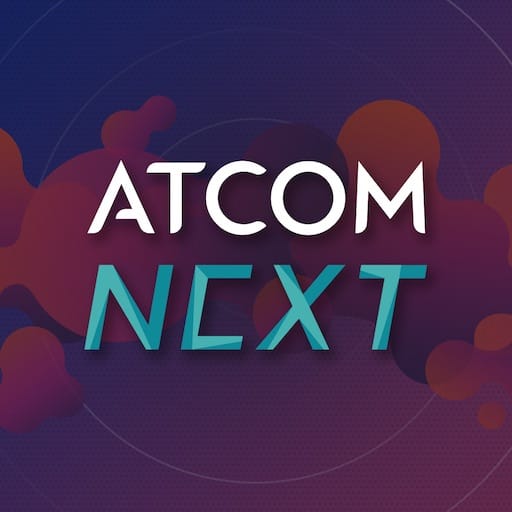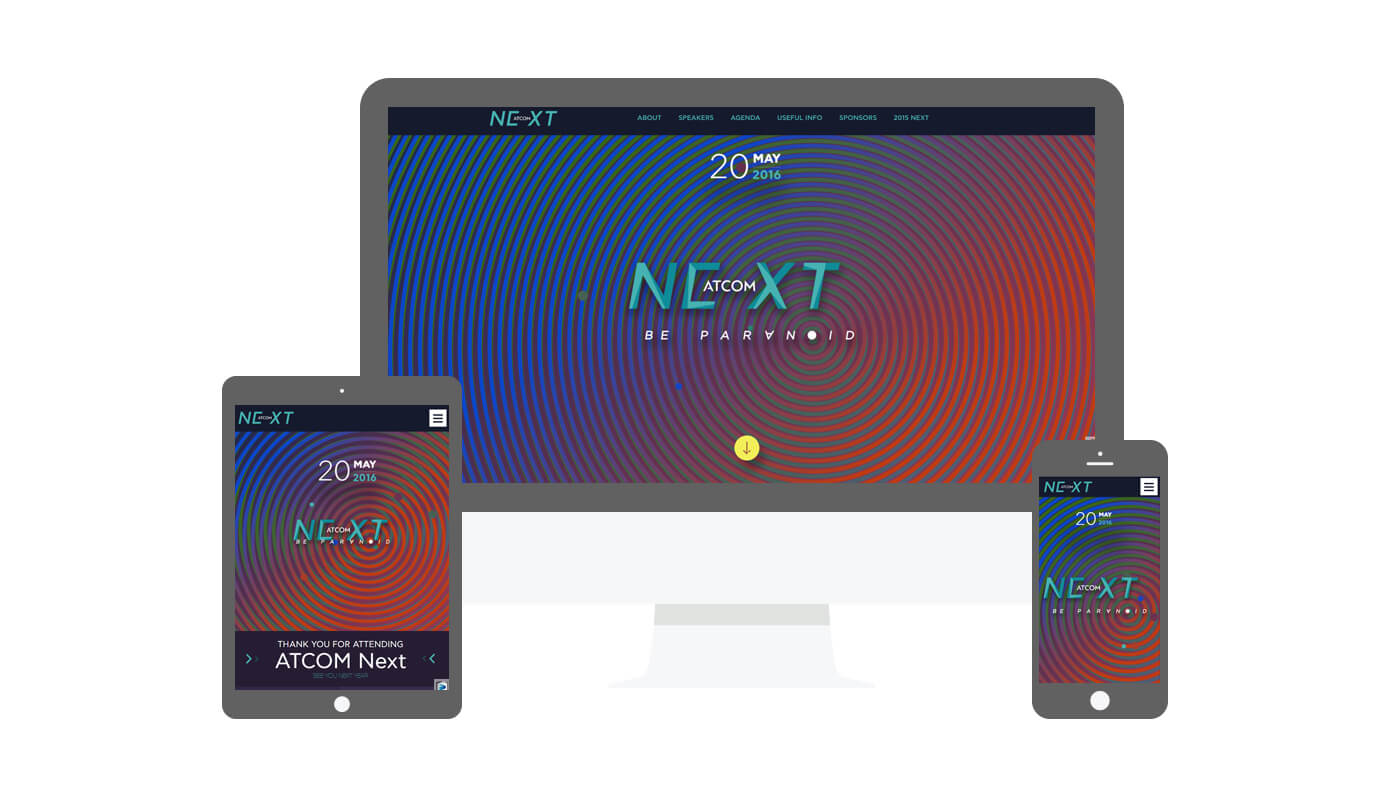Atcom Next (2016)

Atcom Next is the annual Atcom SA's event hosted in Athens, which showcases how the company sees the future of the Digital and Technology world. In Atcom Next 2016 the main theme of the event was the "Phygital Dining" where Atcom envisioned the future of the t were a lot of innovations that stranded out during the event.
Atcom NEXT’s innovations set a new standard for the Greek industry, pushing the boundaries of what was possible with technology. We implemented Augmented Reality features as early as 2015, long before they became widely adopted. Our solutions seamlessly merged the digital and physical worlds, introducing experiences that the global industry only began exploring years later. Through cutting-edge technology and forward-thinking execution, we created a truly pioneering experience that set us apart from the competition.
Proximity-Based ordering system
We designed a coffee ordering system. Attendees received their coffee as they approached the bench, without needing to order in advance or wait in line.
Since attendees had received physical invitations requiring them to download the Atcom NEXT app beforehand, we already had their essential details (name, profile image, and job position if they logged in via LinkedIn). Within the app's "Coffee & Burger" section, users could set their coffee preferences.
As attendees approached the bench, their face and job profile appeared on a large screen, while the bartender received a display of their face and coffee preference on a dedicated screen. This setup enabled the bartender to prepare the coffee before the attendee even reached the ordering point.
I developed the event's iOS application, which managed user registration and meal preferences while leveraging iOS smart proximity sensors to track attendee locations within the venue. This enabled automated actions, such as notifying the bartender in advance about the coffee to prepare.
The application also featured AR capabilities. To register, users pointed their device at their physical invitation, triggering a 3D model displaying their name on top of it. At the time, ARKit and Google’s ARCore had yet to be introduced, making this a pioneering AR implementation for iOS and Android. I built it using OpenGL and C++, leveraging the device’s camera sensors.
Interactive Ordering System (Phygital Lunch)
We also designed and implemented an interactive ordering system using NodeJS and Javascript in the frontend.
Once an order was placed, it was linked to an attendee via a QR code scan. This notified the Node server, which then updated both the kitchen and grill teams.
A screen at the grill displayed the number of burgers being prepared, grouped by type and doneness. Two kitchen screens, one per cook, managed orders in a queue. Each cook handled one order at a time, seeing only their assigned tasks.
Real-time updates were powered by an HTTP API and WebSockets, ensuring resilience even in case of network failures. Once an order was ready, the attendee received a push notification.
In this case, I developed the food ordering backend system using NodeJS and WebSockets.
Talk / Presentation
My colleague Paris Stagkopoulos and I gave a talk on how we built these solutions, sharing the thought process behind every aspect of the experience.
Read More / Media
- Atcom NEXT: Featured in the media (Proto Thema, Marketing Week).
- Atcom Next in Atcom's Website

- More information about the event can be found in my article here:

- Atcom Next 2016 has an official site here: https://next.atcom.gr/next2016

